Results 2,631 to 2,640 of 12091
Thread: Anandtech News
-
02-06-13, 08:30 AM #2631
Anandtech: Acer T232HL - Touch Comes to the Desktop
Windows 8 has brought about its shift in how we use our computers and its focus on having a more unified experience for phones, tablets, laptops, and desktop PCs. As those first two systems are primarily touch-oriented, desktop computers are suddenly seeing a large number of touch displays appearing. In an environment that is used to a keyboard and mouse for input, how well is touch going to fit into that setting?
The availability of touchscreens has rapidly increased with the launch of Windows 8 last year. Where touchscreens were rare or expensive before, now they are much easier to find with the availability of a mainstream, touch-oriented operating system. The Acer T232HL is one of the first touchscreen displays to hit our review section, so join us as we put it through its paces.

More...
-
02-07-13, 07:30 AM #2632
Anandtech: Micron and TE Connectivity Offer New Ultrathin DRAM Solutions
The push for smaller and thinner laptops, Ultrabooks, and tablets of late has come with some potentially undesirable side effects, namely the loss of flexibility. Of the Ultrabooks we’ve reviewed, I’m not sure any supported more than a single SO-DIMM slot for memory expansion, and many of them have all the DRAM components mounted directly onto the motherboard, all in the pursuit of reducing the z-height of the systems. In an effort to provide something of a middle ground, both Micron and TE Connectivity are offering alternatives that provide some reduction in z-height compared to standard SO-DIMMs while still maintaining the flexibility of an SO-DIMM slot.
The solution is quite simple and maintains full backwards compatibility with standard SO-DIMM slots, but to fully realize the z-height savings a modified SO-DIMM socket is required. In short, Micron is offering single-sided SO-DIMMs (with a standard 4GB capacity); since there are no components on one side of the SO-DIMM, it can lie flat against the motherboard. This is where the new SO-DIMM socket comes into play: it would have the module sit nearly flush against the motherboard so the connector would be the same but the housing would be slightly different.
To put things in perspective, a standard SO-DIMM is around 4mm thick; the new single-sided SO-DIMMs are able to reduce the z-height to 2.6mm. That’s not to say that they’re able to match surface mounted DRAM (around 1.2mm), but users and manufacturers would be able to choose between several memory configurations (generally speaking, 4GB or 8GB) and still maintain a thin profile. With surface mounted DRAM, you get the thinnest profile but completely lose out on upgradeability and if a company wants to offer two SKUs (e.g. 4GB and 8GB) it requires more effort in the manufacturing and assembly process. There’s also the potential for DRAM failures, which are simple to fix if you have a module but require a new board if you have surface mounted components.
From a high level, I’d just as soon see all modern laptops ship with 8GB standard, particularly the Ultrabooks with surface mounted DRAM, but manufacturers are always looking for ways to reduce cost and that has led to the existing crop of 4GB non-upgradeable Ultrabooks (ASUS UX21A/UX31A, Acer S7, etc.) One other item of note is that all of the reduced z-height modules from Micron will be reduced standby (1.35V DDR3L-RS). At least initially, the modules will only be shipping in 4GB capacities (currently, 8GB SO-DIMMs require dual-sided modules). Future higher density modules with monolithic devices (8x8Gb) should show up eventually, and of course all of the design elements are applicable to DDR4 when we see a shift to that some time likely next year.
This particular approach is only one of several that are apparently being tossed around in the industry, but thanks to the backwards compatibility with existing SO-DIMM slots it appears to have a better chance of succeeding. Other approaches that are being looked at right now include non-standard modules, which would require new connectors and modules and likely limited production compared to existing solutions. It’s expected other companies will also support the new connector, and availability of the new package (connector and single-sided SO-DIMMs) is expected this spring.
Gallery: Micron and TE Connectivity Offer New Ultrathin DRAM Solutions




More...
-
02-07-13, 08:00 PM #2633
Anandtech: QNAP Introduces XBMC App for TS-x69 Pro / L Series NAS Units
The Atom D2700 series CPUs have proved quite popular in the SMB / SOHO NAS market. We saw vendors introduce models with HDMI outputs as early as December 2011. In fact, we covered QNAP's HDMI-equipped NAS models at CES 2012. Intel's GPU libraries for video playback and acceleration were not stable at that time and so, vendors were unable to show the true multimedia capabilities then.
Since CES 2012, we have seen a number of vendors trying to pitch a media center running on the NAS as a value add. I have personally tested XBMC on the Thecus N4800 and came away distinctly unimpressed (a though SmallNetBuilder also seems to echo). At CES 2013, I saw an implementation of the Boxee UI on the Asustor 6-series.
QNAP is the latest to join this trend with the TS-x69 Pro and L series, both of which are based on the Atom D2700 2.13 GHz CPU and come with HDMI ports. With the XBMC app, users to directly connect the NAS unit to a TV for media playback through HDMI. As most HTPC enthusiasts already know, XBMC also allows users to also manage their video library, music playlists and create photo slideshows. We will be evaluating one of the supported units in a couple of months, and hopefully, my experience will be better than what I had with the Thecus N4800.
Pricing and Availability
The TS-x69 Pro and L series come in 2, 4, 5, 6 and 8 bay models with prices ranging from $479 for the 2-bay models to $1,099 for the 8 bay models. The XBMC Media Center feature can be downloaded in the QNAP QPKG Center.

More...
-
02-07-13, 09:30 PM #2634
Anandtech: WikiPad Gaming Tablet Coming This Spring For $249
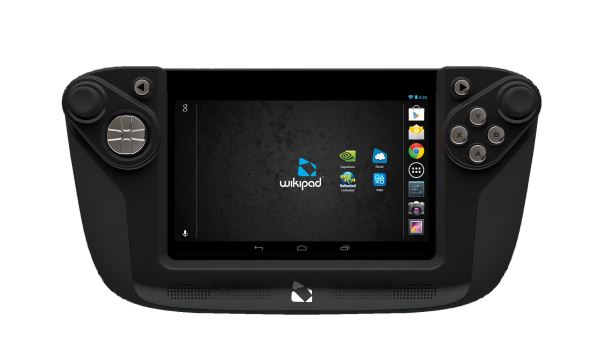
Gaming on Android has been a hot topic lately. Purpose built consoles and handhelds have been rolling out along with plenty of excellent games. The WikiPad, announced in 10-inch form previously, takes a middle ground. A 7-inch Tegra 3-powered tablet is paired with a handheld dock that features two analog sticks, directional pad, a quartet of front buttons, two shoulder buttons and two trigger buttons, along with a pair of speakers and a grippy, contoured design. The software side brings Jelly Bean along with NVIDIA's Tegra Zone, MadFinger's Dead Trigger and Shadowgun: Dead Zone and Distinctive Games' Hockey Nations Tournament. The WikiPad is also PlayStation Mobile Certified, giving it access to the handful of Sony's library of games that have been ported to the platform. 
The tablet's specs bear a striking resemblance to Google's 7" tablet, and priced at $249 for the 16GB model it competes directly with the 32GB Nexus 7 or a 16GB Nexus 7 and a decent Bluetooth gamepad. No firm date for release was announced, and the 10-inch model is still in the works. That larger product had some manufacturing issues that presented a lengthy delay, and with the market moving smaller and cheaper the opportunity to bring out a smaller was too good to pass up. We'll see how thing work out come this Spring. 
 Tablet Specification Comparison   Apple iPad mini ASUS MeMO Pad (ME172V) Google Nexus 7 WikiPad Dimensions 200 x 134.7 x 7.2mm 196.2 x 119.2 x 11.2mm 198.5 x 120 x 10.45mm 195.6 x 125.7 x 10.6mm (tablet)
286 x 145 x 65.3mm (tablet + dock)Display 7.85-inch 1024 x 768 IPS 7-inch 1024 x 600 7-inch 1280 x 800 IPS 7-inch 1280 x 800 IPS Weight 308g (WiFi) 370g 340g (WiFi) 320g (tablet), 760g (tablet + dock) Processor 1GHz Apple A5 (2 x Cortex A9, PowerVR SGX543MP2) VIA WM8950 (1GHz Cortex A9 + Mali-400) 1.3 GHz NVIDIA Tegra 3 (T30L - 4 x Cortex A9) 1.3 GHz NVIDIA Tegra 3 (T30L - 4 x Cortex A9) Connectivity WiFi , Optional 4G LTE WiFi WiFi, Optional 3G WiFi Memory 512MB 1GB 1GB 1GB Storage 16GB—64GB 8GB, 16GB + microSD slot 16GB, 32GB 16GB + microSD slot up to 32GB Battery 16.3Wh 16Wh 16Wh 15Wh Starting Price $329 $149 $199 - 249 $249

More...
-
02-08-13, 07:01 AM #2635
Anandtech: HP Chromebook Confirmed: Available Now For $329
 
We already covered the leak, and now we've got the confirmation we knew would come. HP has officially announced the HP Pavilion 14-c010us Chromebook. Quite the name, eh? Specs are unchanged from before, with 2GB of RAM, Intel's Celeron 847, a 16GB SSD, and that 14-inch 1366 x 768 display. The largest Chromebook yet comes with the same battery life as the Acer C7 (about 4.5 hours) and an extra pound of weight. Not much more to share till we get the hardware in our hands. 
Gallery: HP Chromebook Confirmed: Available Now For $329





More...
-
02-09-13, 10:00 AM #2636
Anandtech: ASRock Fatal1ty X79 Champion and X79 Professional Review: From a Gamer to
We have a long wait until Ivy Bridge-E hits the shelves, and until that point the dichotomy between the features and price of both Sandy Bridge-E and Ivy Bridge will continue to weigh on the minds of performance.  But does it weigh on the minds of gamers so much? Continuing debates rage on regarding how many cores are needed for game X, the low uptake of multi-GPU configurations, and the percentage of users with multi-monitor setups – are most gamers equipped with single screen a single GPU?  There will always be niche categories for the über enthusiast, and the ASRock Fatal1ty X79 range is aiming in that direction.  Today’s review focuses on the Champion and Professional boards, both of which have had presence in the market for several months, but will continue to be ASRock’s high-end gaming offering until Ivy Bridge-E is released.
 

More...
-
02-09-13, 10:30 PM #2637
Anandtech: Samsung Laptop UEFI Bugs: Not Just for Linux
About ten days ago I posted about a problem with Samsung laptops getting bricked when trying to boot Linux using UEFI. There was a fair amount of commentary on the problem, and we later updated the article to indicate that it appears the problem is in the NVRAM and that removing the CMOS battery and power is enough to clear the problem. That's certainly still a major bug, and the best thing to do is to simply avoid using UEFI with Linux on Samsung laptops. Except, the bug appears to be quite a bit deeper than just a Linux driver.
According to Matt Garrett, the problem is that the "UEFI Black Box" is supposed to take certain actions when specific conditions are met, but the UEFI code or some other aspect of the firmware is misbehaving. Bugs in firmware can be some of the most damaging, and in this case the bugs appear capable of bricking a laptop, even when what you're doing is done according to written specifications.
Matt explains, "This is pretty obviously a firmware bug. Writing UEFI variables is expressly permitted by the specification, and there should never be a situation in which an OS can fill the variable store in such a way that the firmware refuses to boot the system. We've seen similar bugs in Intel's reference code in the past, but they were all fixed early last year. For now the safest thing to do is not to use UEFI on any Samsung laptops. Unfortunately, if you're using Windows, that'll require you to reinstall it from scratch." Additional details are available in Matt's post.
What's not clear is whether the data that's written that causes the laptops to fail to boot is battery powered (i.e. removing the CMOS battery will clear the error) or if the problem is being written to NAND in some cases. If the latter is happening, the only way to fix the problem would be to send the unit to Samsung for service (or buy a new motherboard). We'll update if there's any additional information.

More...
-
02-11-13, 01:00 PM #2638
Anandtech: NVIDIA's New F2P Bundle: The First Hit Is Free
Last week AMD announced their Never Settle Reloaded gaming bundle, with several high-profile games available with the purchase of AMD GPUs. This week, NVIDIA follows suit with their own announcement...except this is a "gaming bundle" that's quite different from what we've seen in the past.
We've seen the transition from traditional gaming models to Free 2 Play (F2P) over the past few years, with many MMOs reporting increased revenue from the "free" model compared to monthly subscriptions. F2P has been so successful that quite a few high-end games have skipped the traditional model completely and launched as F2P. NVIDIA's latest bundle targets three of these titles: World of Tanks, Hawken, and Planetside 2.
Part of the reasoning behind the latest bundle is to convince gamers with lower end hardware to upgrade. Based on figures from Valve's latest Steam hardware surveys and NVIDIA's recommended settings for the above games, 36 million gamers don't meet the required hardware specifications for the above three titles. NVIDIA provided some numbers showing performance with their newer GPUs compared to an old 8800 GT as a reference:
In order to open up access to these and other games on NVIDIA hardware (note that Hawken and Planetside 2 both support PhysX while World of Tanks is a 3D Vision title), NVIDIA is offering up to $150 of in-game value with the purchase of a new GTX series GPU.
For GTX 650 and GTX 650 Ti purchases, buyers will receive a $25 credit for each of the games. Purchase a GTX 660 or above and the amount of in-game currency bumps up to $50 per title. While all of the games are technically free, the $25 or $50 credit is enough to get you jump started, and clearly the game manufacturers are hoping that after the initial taste gamers will be interested in forking over additional funds.
Putting things in a different light, the least expensive GTX 650 currently goes for $100 (with a $10 mail-in rebate available right now), so if you're actually interested in playing the above games that's potentially $25 towards the hardware and the rest towards the games. The GTX 650 Ti starts at $140 (with a $20 MIR available), and it offers twice as many CUDA cores with increased memory bandwidth for a fairly sizeable increase in performance. The base GTX 660 starts at $220 right now ($10 MIR), so that would be $70 towards the hardware and $150 towards the games. It increases the number of CUDA cores yet again and also comes with a 192-bit memory interface, effectively more than doubling the performance of the GTX 550 for a comensurate increase in price. (Note that it appears the above promotion also applies to new laptops with GTX 650M or higher GPUs.)
Keep in mind that both the AMD and NVIDIA bundles are delivering new games with hardware that is now several months old at best--in fact, AMD's bundle with the 7800 and 7900 uses hardware that's roughly a year old, and the GTX 680 is from the same era. This is one more way to try and entice users to upgrade, and there's the potential for new hardware to come out in the next few months that will make the current offerings look just a little less shiny. But that's always the case. If you've been sitting on the fence for a few months, this might be enough to push you over and get you to upgrade; at least, that's the hope. The full set of slides are included below for reference.
Gallery: NVIDIA's New F2P Bundle: The First Hit Is Free






More...
-
02-11-13, 02:00 PM #2639
Anandtech: CyberPowerPC FangBook X7: An Alternative to Clevo Whitebooks
We’ve reviewed quite a few Clevo notebooks over the years from a variety of vendors: AVADirect, Eurocom, Mythlogic, Origin, and Sager, to name a few. While there are certainly reasons to go with a branded Clevo notebook, it’s always good to have other options, and one of the most noteworthy is MSI’s G-series. CyberPowerPC has offered MSI-derived designs for a few years now, along with Clevo and Compal offerings. They’ve recently updated their MSI models to include support for the latest and greatest CPUs and GPU.
The new models now carry the FangBook X7 brand (also spelled FANGBOOK, FANGbook, and Fangbook depending on which email or web page you’re reading), with support for quad-core Ivy Bridge processors including the i7-3940XM and GPUs up to the GTX 680M. The combination makes for a potent gaming notebook, albeit with most of the usual caveats: large size, potentially loud fans, and less than ideal battery life (the X7 measures 16.85”x11.34”x2.17” and weighs “under 8lbs.”) The only other GPU option currently available is NVIDIA’s GTX 675MX, which is the Kepler-based replacement for the GTX 675M (a rebranded Fermi GTX 579M). We have yet to test the 675MX, so we’ll try to see about getting a review sample from CyberPowerPC.
MSI’s chassis also offers a few interesting perks that are worth mentioning. Dual 2.5” hard drive bays on 17.3” notebooks are nothing new, and even mSATA is quite common, but this is the first I’ve heard of a dual-mSATA notebook with dual 2.5” bays. That means you can configure an mSATA “Ultra RAID” RAID 0 drive for the OS and apps (up to 2x240GB in size)—interestingly, CyberPowerPC doesn’t even offer non-RAID mSATA options right now. Dual mSATA drives will provide potentially higher performance (up to 900MB/s read speeds), though the Intel 525 drives they’re using cost quite a bit more than some of the other options (e.g. Crucial m4 256GB mSATA can be had for $190 each compared to $722 for 2x240GB Intel 525). The FangBook also supports four SO-DIMM modules, so configurations up to 32GB (4x8GB) are still reasonably priced ($229 extra for DDR3-1333 or $317 for DDR3-1600). A matte 17.3” 1080p LCD comes standard, as does Windows 8 64-bit (though you can select Windows 7 if you prefer).
In terms of pricing, that’s one area where the FangBook X7 tends to make the most of the MSI platform. Even with the custom FangBook cover, the base model X7-100 includes an i7-3630QM, 8GB (2x4GB) DDR3-1600 memory, a GTX 675MX 4GB GPU, and a 750GB 7200RPM hard drive. All of that will set you back $1299, and while that’s quite a bit of money, a similar configuration using a Clevo P170EM chassis tends to start at $1500 (or more). $1499 gets you the base X7-200, which doubles the RAM to 4x4GB and adds a 64GB SanDisk SSD; the $1799 bumps the GPU up to the 680M and adds a Blu-ray combo drive. All of the models are configurable, of course, so you can mix and match components as you see fit.
The new FangBook X7 notebooks are available for order, with a current estimated ship date of 2/25/2013. If you’re not in a hurry, there’s a 5% discount available via the “NORUSH” coupon, which brings the starting price down to $1234. Also worthy of mention is that since the FangBooks all use NVIDIA GTX GPUs, the latest  $150 in F2P game currency promotion applies.
Gallery: CyberPowerPC FangBook X7: An Alternative to Clevo Whitebooks





More...
-
02-12-13, 07:30 AM #2640
Anandtech: Broadcom Announces BCM21892 - Their First 4G LTE-Advanced Baseband
It was teased at this year's CES demonstrating VoLTE calls, we saw it working in a reference design, and today, Broadcom is finally ready to make their first LTE-enabled baseband official, dubbed BCM21892. This is again Broadcom's eagerly anticipated launch LTE baseband, and supports a pretty impressive set of features for their first entry. 
BCM21892 includes support for GSM/EDGE, WCDMA up to HSPA+ 42.2 (DC-HSPA+), TD-SCDMA for China, and UE Category 4 (150 Mbps on the downlink) LTE-Advanced with both TDD and FDD duplex modes. There's no CDMA2000 1x/EVDO which is pretty much expected, but more on that in a moment. BCM21892 is a 3GPP Release 10 part, which is again the LTE-Advanced release that includes things like LTE carrier aggregation inter and intra band. Broadcom tells me they will support carrier aggregation modes for LTE, and WCDMA. MIMO support on BCM21892 is 2x2. In addition, there's support for VoLTE calling (which we saw demonstrated) and 3G fallback modes for migrating that call over to WCDMA and GSM as necessary. In addition Broadcom claims they have enough performance to run an operator's IMS stack entirely on their baseband. 
BCM21892 is built on 28nm HPm process, which is the TSMC High-K Metal Gate for Mobile. Broadcom claims that their total solution area is 35 percent smaller than their main competition. I asked for a total package size, but they're not quite ready to disclose that. Another interesting tidbit is that Broadcom is including their transceiver inside the baseband package. DRAM is also inside the package, which is pretty common these days. There's still an external PMIC/PMU, which is also Broadcom's own design. Broadcom's LTE Baseband   BCM21892 Air Interfaces GSM/EDGE, WCDMA, LTE-A, TD-SCDMA 3GPP Release Rel. 10 (LTE-A) HSPA+ Category Cat. 24, DC-HSPA+ 42.2 Mbps LTE Cat. 4, LTE-A 150 Mbps Downlink / 50 Mbps Uplink
2x2 MIMOVoice IMS/VoLTE, CS WCDMA/GSM voice fallback Process 28nm HPm Package Plastic(?) with integrated DRAM and 8-port Transceiver Extra External PMIC, "35% smaller required implementation area," envelope tracking supported
Interestingly enough Broadcom claims it can do 8 bands (I'm assuming they're talking about primary receive) on its transceiver, which is one more than Qualcomm's 7 primary Rx ports on WTR1605/L. I asked about the low / mid / high / very-high configuration for Broadcom's transceiver, but they're not quite ready to disclose that information. 
There's no GNSS/GPS support on BCM21892 at the moment, Broadcom envisions customers using one of their discrete GNSS devices for this, since their WLAN/BT/FM/NFC combos also don't include GNSS support. It isn't too much of a stretch to picture GNSS moving onto the baseband with some future revision, however.
I saw a slide at CES which noted support for envelope tracking, which BCM21892 indeed includes support for officially now. Broadcom claims that support for envelope tracking among other things will give them a 25 percent power savings over competitors without it. Without going into too much discussion, envelope tracking involves varying the drive voltage for transmit power amplifiers depending on the amplitude (envelope) of the desired signal for maximum efficiency. We will see other players also start talking about envelope tracking soon as well. 
I asked Broadcom about what it views is BCM21892's market differentiation, and it comes down to three things. First is again package size, which is 35-37 percent smaller as noted, second is envelope tracking which I touched on, and third is perhaps the most interesting – improved coexistence and collaboration with Broadcom's combos (BCM4330/4334/43341/etc) on the unlicensed 2.4 GHz band and nearby adjacent licensed bands. This is particularly important or interesting for Dish Networks and AT&T for example, on the WCS band at 2.3 GHz. 
The last real big remaining question is what Broadcom will do in the USA where having CDMA2000 1x/EVDO is a relevant discussion point for operators like Verizon Wireless or Sprint. The answer is that for at least Verizon, the goal is to get LTE (and later, LTE-A) on Band 13 (and later 4) up to parity with existing CDMA2000 coverage profiles, and then use VoLTE for voice. For data, we're already seeing the result of some of the newer RFPs (Request For Proposal) which don't even include CDMA2000 as a requirement, for example Samsung Galaxy Camera on Verizon which is solely band 13 LTE. It isn't entirely surprising to see CDMA2000 support become something of a non-issue by end of 2013, early 2014 when Verizon finishes its LTE rollout. I noted it in my writeup from the CES VoLTE demo, but there's no surprise that Broadcom chose Verizon's Band 13 for its VoLTE demo given that situation. 
The rest of the discussion is operator and OEM support, which Broadcom claims is enthusiastic and already heading into field trials. The market at present for smartphone connectivity with LTE has really been dominated by Qualcomm, and Broadcom entering the fray with a competitive offering should make things interesting. Timing wise, BCM21892 is sampling right now, with production in early 2014. 
Source: Broadcom

More...
Thread Information
Users Browsing this Thread
There are currently 19 users browsing this thread. (0 members and 19 guests)




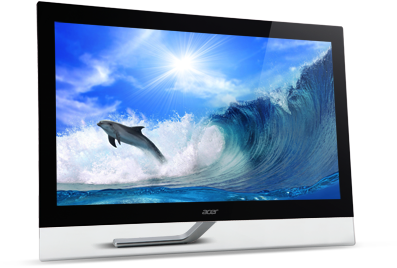



 Quote
Quote

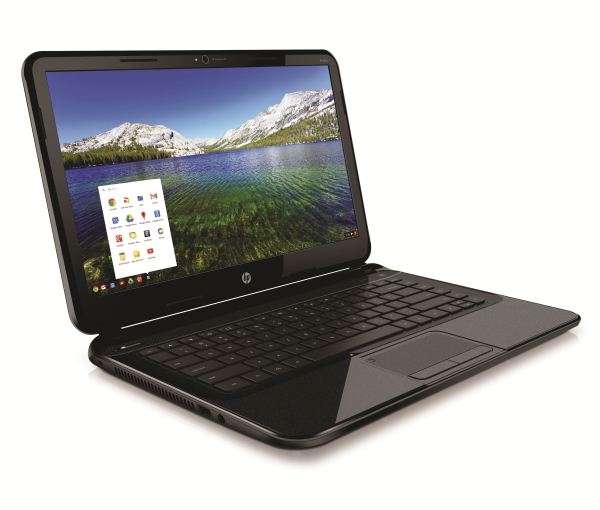
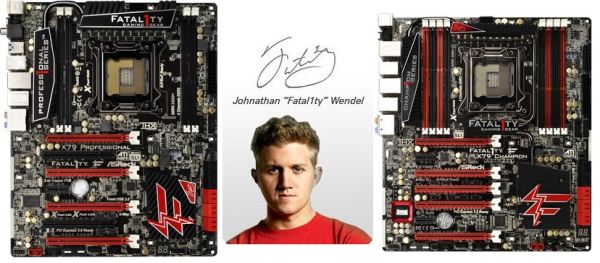
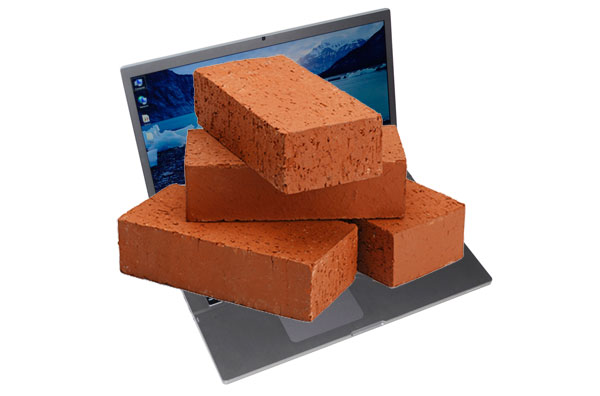
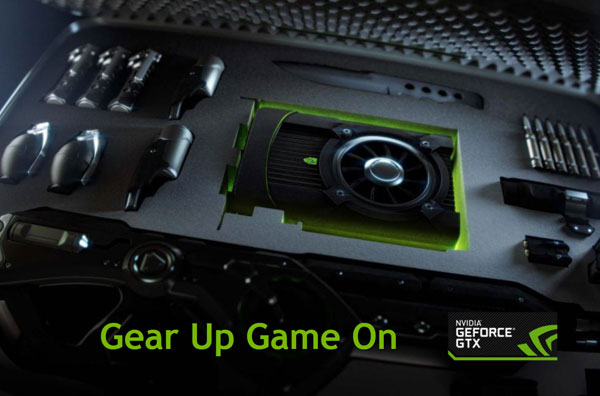
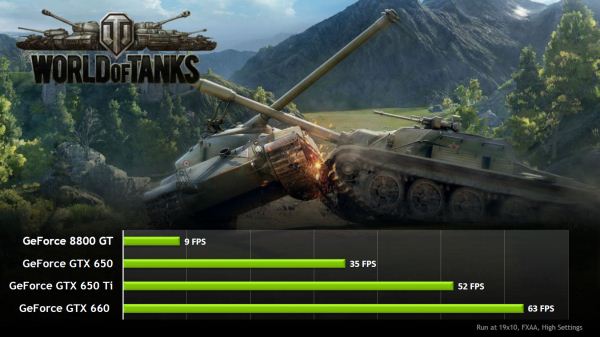

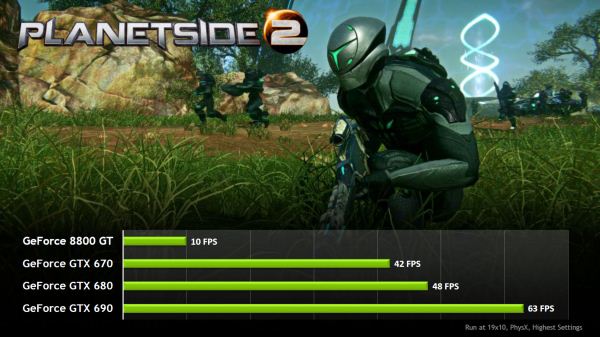
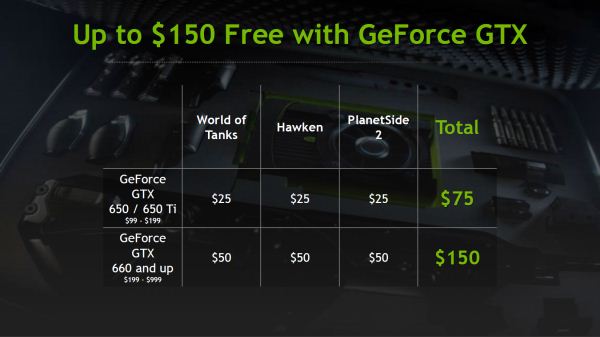
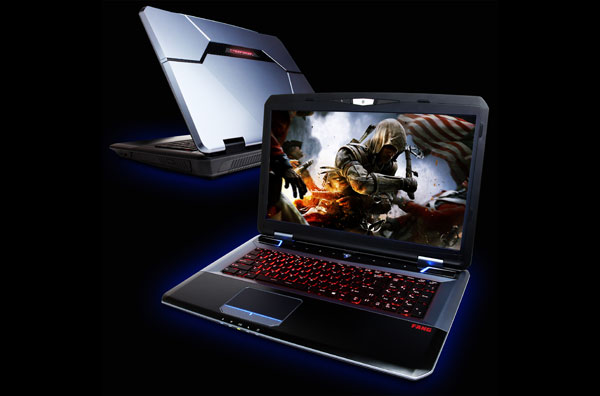
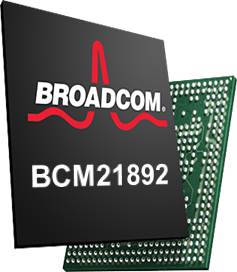
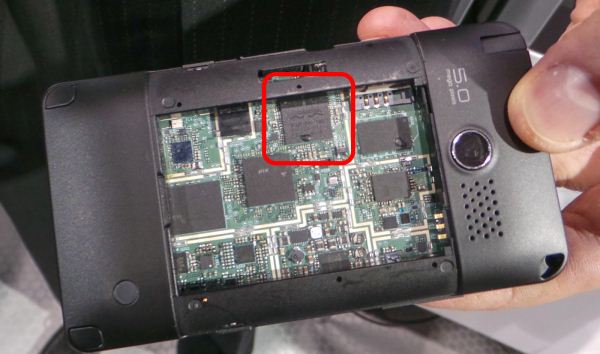
















Bookmarks